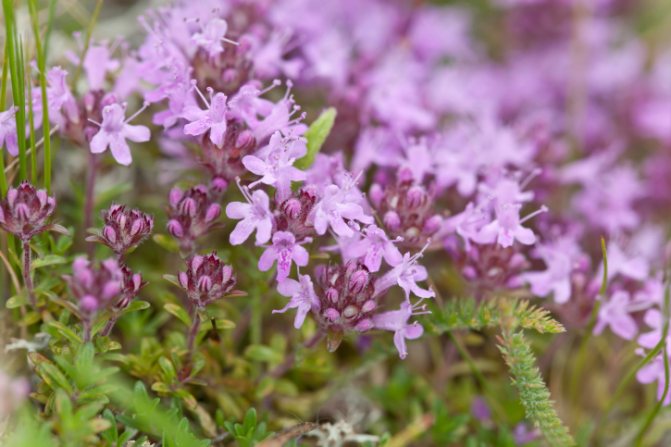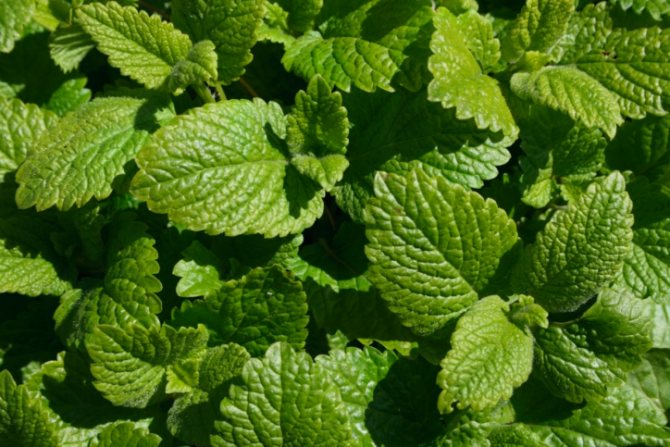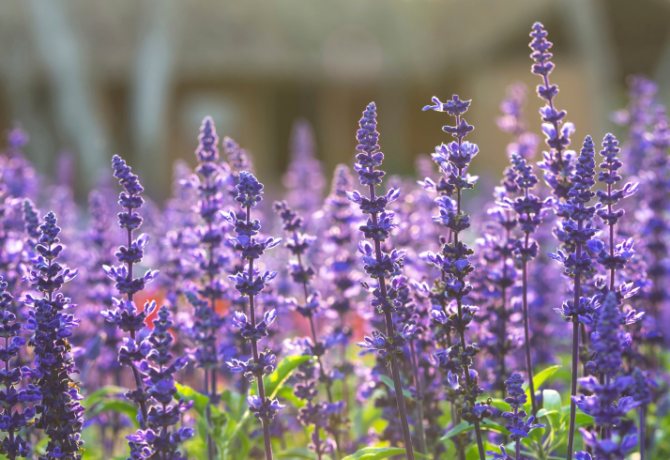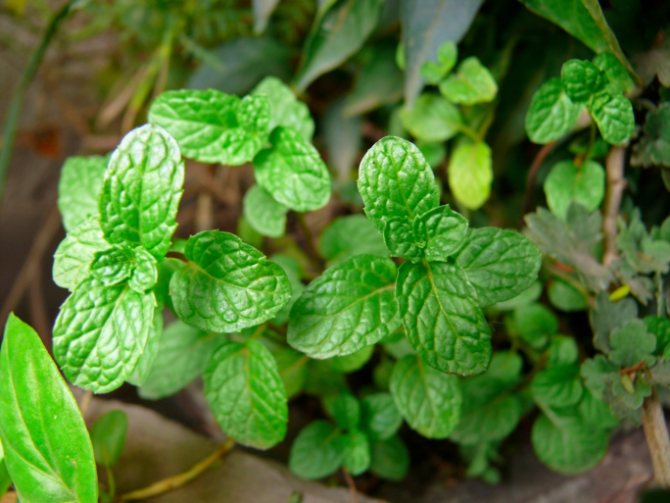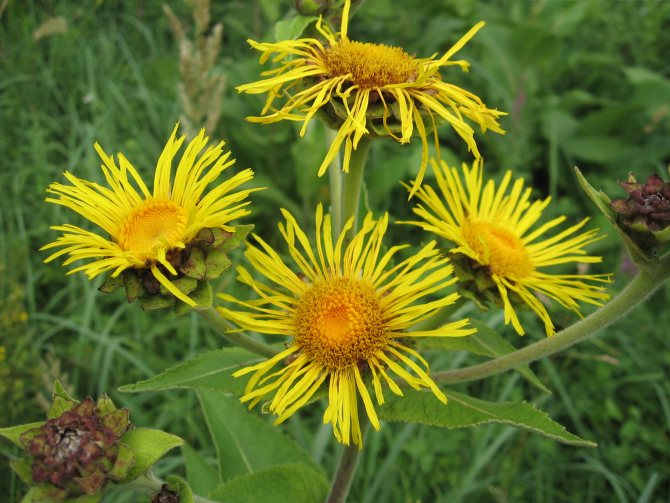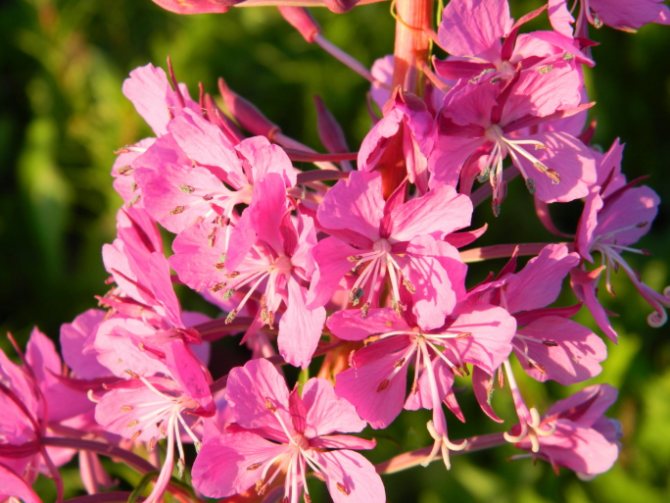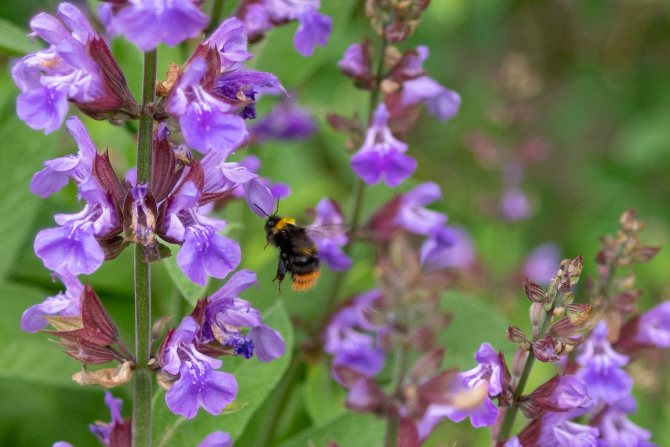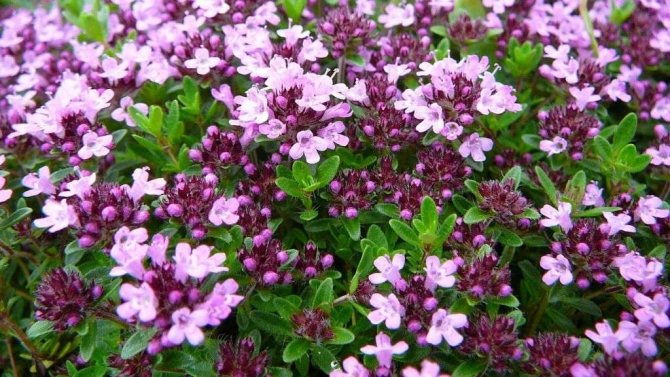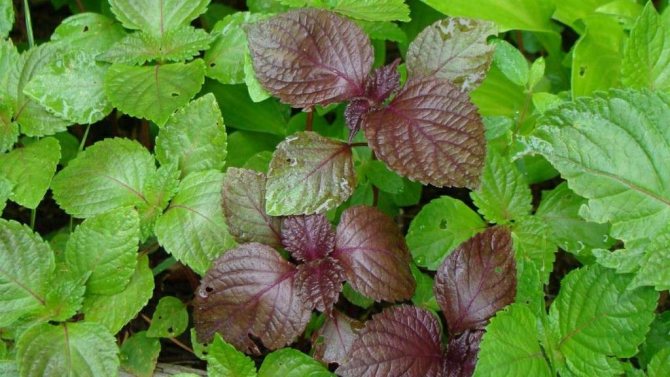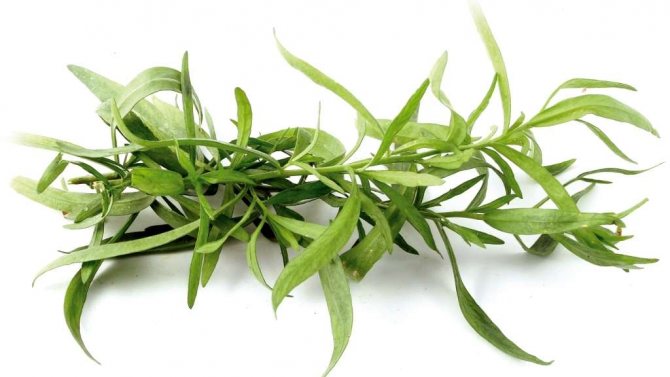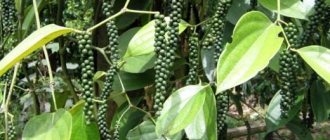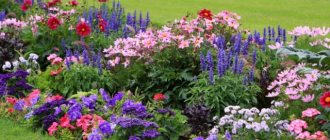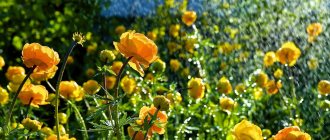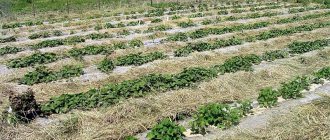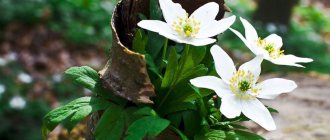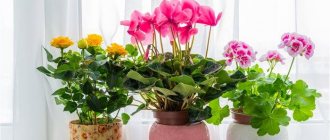The use of medicinal plants in therapy is more relevant today than ever. Medicinal herbal preparations cannot completely replace modern synthetic medicines, but often become a serious help in alleviating the course of ailments, including chronic ones, and improving the quality of life of patients. Taking into account the continuous rise in the price of pharmaceutical preparations, a huge plus is that everyone is quite capable of not only preparing a herbal decoction or infusion at home, but also growing raw materials for him at their summer cottage.
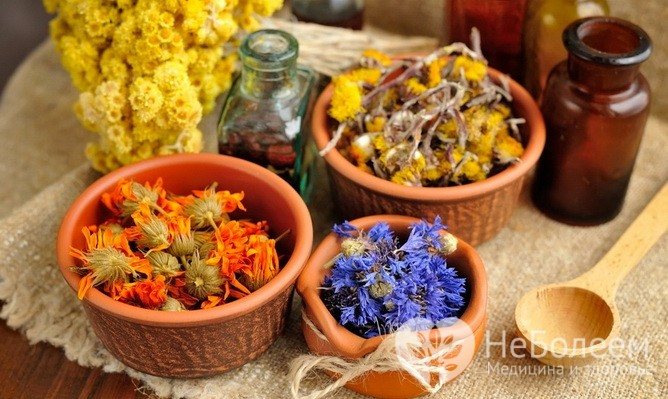
A source:
Old acquaintances: tasty and healthy
Almost all vegetable and berry crops traditionally cultivated in home gardens have medicinal properties, which gardeners and gardeners sometimes forget about.
- Potatoes. Steam boiled tubers cure catarrhal symptoms. Grated raw potatoes are an excellent remedy for abscesses and burns, it relieves inflammation and swelling from insect bites. Freshly squeezed potato juice lowers blood pressure, helps to normalize bowel function, reduces gastric acidity, relieves nausea.
- Beet. Juice squeezed from raw or boiled root vegetables is used as nasal drops in the treatment of rhinitis, sinusitis and sinusitis, added to a solution for gargling with sore throat. Mixed with carrot, radish and cabbage juices, beetroot juice is used to treat anemia and stomach diseases.
- Carrot. Root vegetables contain substances that have anti-inflammatory, wound healing, diuretic, laxative, expectorant and analgesic effects. Decoctions of seeds and tops are used in therapy for diseases of the urinary tract and kidneys, in particular, for urolithiasis.
- Onion and garlic. These vegetables are widely used in traditional medicine. It is not for nothing that they say that "an onion is a disease of seven." Onions and garlic have a phytoncidal effect. Even an infusion of onion peels is useful - it relieves swelling, is used to prevent diabetes mellitus. Baked onion gruel is an anti-inflammatory agent that is extremely effective in treating abscesses.
- Parsley. All parts of the plant have healing properties. A decoction or juice is used in the treatment of female diseases, for abscesses and insect bites, as well as a diuretic, diaphoretic and antispasmodic agent. Infusion of roots and herbs treat prostatitis. Parsley is also used in cosmetology - for the purpose of whitening and improving the skin.
- Cabbage. It is used as an antiulcer and choleretic agent. Raw leaves are applied to wounds, abscesses, inflamed joints. Decoction of seeds is used to treat gout.
- Radish. It has a strong bactericidal and antispasmodic effect. It is used in the treatment of diseases of the respiratory tract, liver, and hypertension. Radish juice heals wounds, ulcers and bedsores, with its help they get rid of intestinal parasites. Seed poultices and ointments help with fungal skin lesions and eczema.
Other inhabitants of our gardens also have healing properties: spicy herbs (dill, basil, celery, hyssop, tarragon), nightshade (tomatoes, eggplants, different types of peppers), pumpkins and legumes. Separately, it is worth mentioning the plants that are still rarely found in our gardens: Jerusalem artichoke and scorzonera (black sweet root).Their tubers and roots contain a lot of inulin, which is useful for diabetics.
Everyone knows that berries and fruits growing in summer cottages are an irreplaceable source of trace elements and vitamins. But the benefits that can be obtained from such plants are not limited to this. For example, the leaves of garden strawberries and berry bushes (raspberries, currants) can be used in the treatment of bleeding, colds, diseases of the gastrointestinal tract, hypertension, skin and many other diseases. Hawthorn and rose hips are often grown as ornamental shrubs, but their fruits are excellent vitamin and medicinal raw materials. The berries of mountain ash (red and black-fruited) and bird cherry have healing properties.
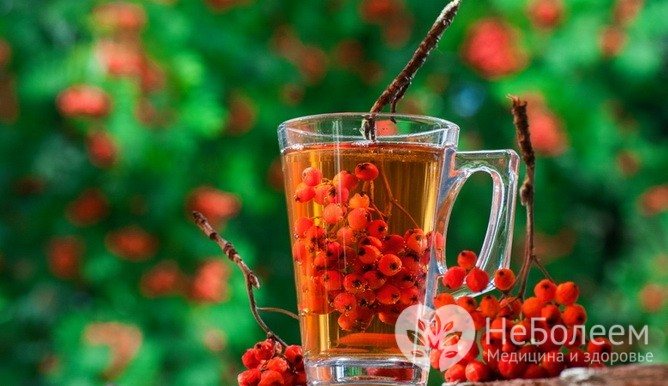

A source:
Oregano, or oregano
Thanks to this spicy herb, you can brew aromatic tea and make a unique meat dish. The shoots of this medicinal plant contain useful essential oils, fiber, vitamin C. Oregano helps with skin diseases, coughs, insomnia, hypertension, problems with the gastrointestinal tract and other ailments.
This medicinal plant is a shrub up to 80 cm high, which blooms profusely with lilac inflorescences in summer. Fans of monochrome gardens can plant oregano next to other purple spicy herbs: lavender, sage, thyme, and more.
By the middle of summer, squash grows large leaves that resemble exotic plants. Bright yellow flowers are no less decorative, attracting bees and bumblebees to the garden.
The pulp of the fruit is good for the gastrointestinal tract. It contains dietary fiber and fiber, vitamins A, B1, B2, C, PP, as well as micro and macro elements necessary for the human body: potassium, calcium, magnesium, zinc, copper, manganese, iron, sulfur, etc. prepare many healthy and low-calorie meals.
What we admire, so we are treated
Of the beautifully flowering plants with medicinal properties, in our gardens, perhaps, only calendula and peony are quite widely known. However, there are much more flowers that are able not only to please with their beauty, but also to provide healing raw materials. Irises, tulips, daffodils, primroses, Vittrock violets (pansies), cornflowers, goldenrod, uvularia, ranks, badans, marigolds, delphiniums, gladioli, chamomile, amaranth, comfrey and many other flowers popular among gardeners will help to cope with various ailments.
Until recently, such well-known medicinal plants as lemon balm, catnip, sage, oregano, thyme, valerian, loosestrife, yarrow, St. John's wort, lavender, Dubrovnik, motherwort, were very rare in summer cottages: it was not easy to get planting material. Today, their seeds are sold in specialized stores; anyone can grow these herbs in their garden. Most of the medicinal plants are highly decorative and have a pleasant smell and will be a decoration of the garden.
How to arrange a pharmaceutical garden
The design of a fragrant garden depends on the area allocated to it and your imagination. If there is not enough space, break decorative flower bedby dividing it into sectors. Plant tall grasses in the center - for example, lovage, wormwood, elecampane. Place the rest of the selected plants in sectors, choosing harmonious combinations. Perhaps ideas and schemes from the publication of 5 medicinal beds for summer cottages will help you with this.
The classic style of the pharmaceutical garden
The classic style of the pharmaceutical garden - small segments of geometric shapes, separated by narrow intersecting paths. You can alternate planting grass with areas planted with lawn grass. As an example, pay attention to ornamental garden schemes from the following publications (you can easily choose an assortment of plants at your discretion, taking as a basis the original ideas for planting planning):
- Square garden with gravel paths
- Vegetable kaleidoscope
- Round vegetable garden
- Square vegetable garden with lawn insert
A successful border will give a neat look to the landings and decorate them
If you have decided on a place for a kitchen garden, and your beds (or flower beds) are planned as stationary, do not forget to choose a decent frame for them: successful border will not only give a neat look to the landings, but also decorate them. You will find practical ideas and tips for their implementation in the article Make a garden: ideas for decorating flower beds and beds.
Be sure to use in plantings flowering plants - monarda, calendula, valerian, yarrow and others. The basis of the pharmaceutical garden is usually perennials... You can plant sage, thyme, lemon balm, oregano, chives, St. John's wort.
It is convenient to place a kitchen garden made of herbs in containers on the terrace
On the terrace you can create kitchen garden in containers... A selection of ideas for container gardens and vegetable gardens in a small area will tell you the options for its design. It is convenient to grow thermophilic types of medicinal and spicy herbs in pots, which freeze out in the open ground in winter - with the onset of cold weather they are brought from the street into a cool room.
Rules for the cultivation and use of medicinal plants
The idea of independently providing their family with medicinal plant materials is very attractive, but gardeners should not forget that the use of medicinal herbs can have side effects. What does it take to avoid trouble?
- The area where it is supposed to grow medicinal plants must be environmentally friendly. This means that the use of chemicals in the country will have to be minimized.
- Harvesting of plant materials must be carried out within strictly defined terms. In addition, proper processing (washing, cutting, drying) of flowers, grass, leaves and rhizomes is of great importance. If the technology for preparing raw materials is not followed, the effect of it will be significantly reduced.
- The preparation of decoctions, infusions, ointments from plant materials requires careful adherence to recipes. If the proportions, boiling or infusion time, and other conditions are not observed, the drugs may not work as expected.
- Herbal treatment often causes allergic reactions. In addition, it is almost impossible to provide an accurate dosage of active ingredients when self-preparing drugs. Therefore, it makes sense to start by taking small portions of decoctions and infusions in order to avoid side effects.
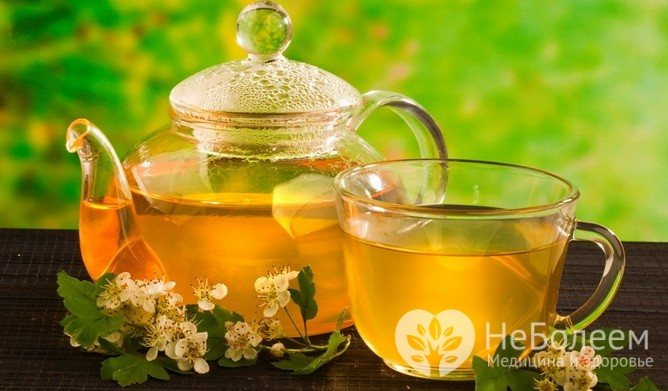

A source:
Medicines made from herbal raw materials are the same medicines as the rest. They should be used with caution, taking into account all contraindications. It is clear that such treatment can only be started with the approval of a doctor: he must assess the patient's condition and decide whether the "herbal" therapy is compatible with traditional medicines that have already been prescribed.
YouTube video related to the article:
Perennial bow
Chives, slime onions, and batun onions contain many vitamins and give dishes a rich taste and aroma. These plants are also very decorative. Slime onions are attractive with large whitish inflorescences, chives are attractive with small lilac flowers that are ideal for decorating borders, and onions, thick feathers are crowned with light greenish-yellow spherical inflorescences. Other types of decorative bow are useful and at the same time beautiful.
Depending on the type of mint, it has a menthol, lemon or peppery aroma. Peppermint is ideal for fish and meat dishes, as well as stewed vegetables.Other types are used to add a captivating aroma to teas and cold drinks.
In any drink, mint leaves go well with lemon wedges.
Mint has a refreshing, choleretic, diaphoretic, soothing, analgesic, anti-inflammatory effect. Thanks to menthol, the plant exudes a strong odor, which has a beneficial effect on the condition of the respiratory tract. In summer, mint is also decorative in the garden: against the background of rich green leaves, pale purple inflorescences appear.
Mint bushes look great in mixborders, herb garden, and along garden paths. Also a good design solution is planting mint near a small reservoir. This plant is harmoniously combined with monarda, hyssop, mullein, phlox, marigold, basil.
Parsley
These greens can be placed under an apple tree, and curly varieties will look good in curbs. Parsley is versatile and suitable for any dish. The shoots of the plant can be cut from early spring to late autumn, and frozen for the winter.
Parsley leaves can also be used to make beauty face masks. These products are excellent for softening and whitening the skin, as well as removing dark circles under the eyes, wrinkles and signs of fatigue.
- Parsley face masks - how to make at home
Recipes for homemade parsley masks for different skin types.
Salad
The lettuce contains vitamins of group B, C, such useful elements as potassium, calcium, sulfur, iodine, phosphorus, as well as coarse dietary fiber, which help to improve digestion and normalize intestinal motility.
This plant needs to be weeded and watered regularly. Then the leaves will be juicy and as useful as possible. The lettuce can be planted as an original green border or as a background plant. Dill will be an excellent neighbor for this greenery.
- How to Sow Salad - 3 Proven Ways for Different Situations
There are many ways to sow salad. Look for the simplest and most convenient ones in our article.
Tarragon, or tarragon
Fresh tarragon leaves are added to meat and fish dishes, as well as pickles and marinades. Dried, it is also used to make homemade bread. The leaves and young shoots of tarragon are rich in vitamins, microelements and other substances useful for the body, which have a beneficial effect on the work of the cardiovascular system and the gastrointestinal tract. Also, the plant is used as an anthelmintic agent.
This herb has elongated, oblong, lanceolate leaves with a forked tip. They are rich in essential oils with a slight scent of anise, taste good and have no wormwood bitterness. In August-September, small greenish-yellow flowers appear on the plant. Tarragon loves light, but it can also live in partial shade, while it does not tolerate stagnant moisture in the soil.
Melissa
This herb is often called lemon mint. It can be grown in the trunks of ornamental trees or along a fence. At the same time, it is important that the sun's rays look in there, since the maximum amount of nutrients accumulates in the leaves of lemon balm in the light. And you also need to remember that the soil should always be slightly moist.
Lemon balm has light green leaves, and from June to September white-pink flowers appear in their axils, attracting bees to the garden. The shoots of the plant are used mainly for the preparation of essential oils, and are also added to tea.
Lovage
This spicy plant in the form of a powerful bush about 1.5 meters high with leaves like celery is not found in the garden as often today as in antiquity. But in vain. Lovage is used to prepare first and second courses, various pickles. It is valued for its high content of essential oils, vitamins, and mineral salts. It is also believed that this plant strengthens family ties.
In the first half of summer, small yellowish flowers, collected in umbellate inflorescences, bloom against the background of large feathery leaves. At this time, the medicinal plant looks very decorative.
Names, descriptions and photos of weeds that can be found in the garden
For medicinal purposes, flowers and leaves of the plant are used. Mother-and-stepmother is known as an anti-inflammatory agent, it is used for pulmonary, respiratory and kidney diseases.
Sage
A perennial plant with purple or pink flowers. Has a special aroma and slightly astringent taste. Sage tolerates hot weather and drought well, loves sunlight. Seeds are planted from March to May in fertilized moderately moist soil. The distance between plants is 35-50 cm.
Medicinal properties.
Anti-inflammatory and antiseptic. Used in the treatment of many different diseases. Sage has a calming effect on the body, strengthens memory and promotes clarity of thought.
Cooking applications.
In small quantities, they are used in the preparation of meat, fish, pastries, sausages, cheeses, drinks.


Hyssop medicinal
A perennial frost-hardy herb also known as St. John's wort. Very decorative. Propagated by seeds or seedlings, planted in early spring in light, loose soil.
Medicinal properties.
Used for bronchial and gastrointestinal diseases. Hyssop increases appetite and tones the entire body.
Cooking applications.
Add to salads, vegetable dishes and marinades.



